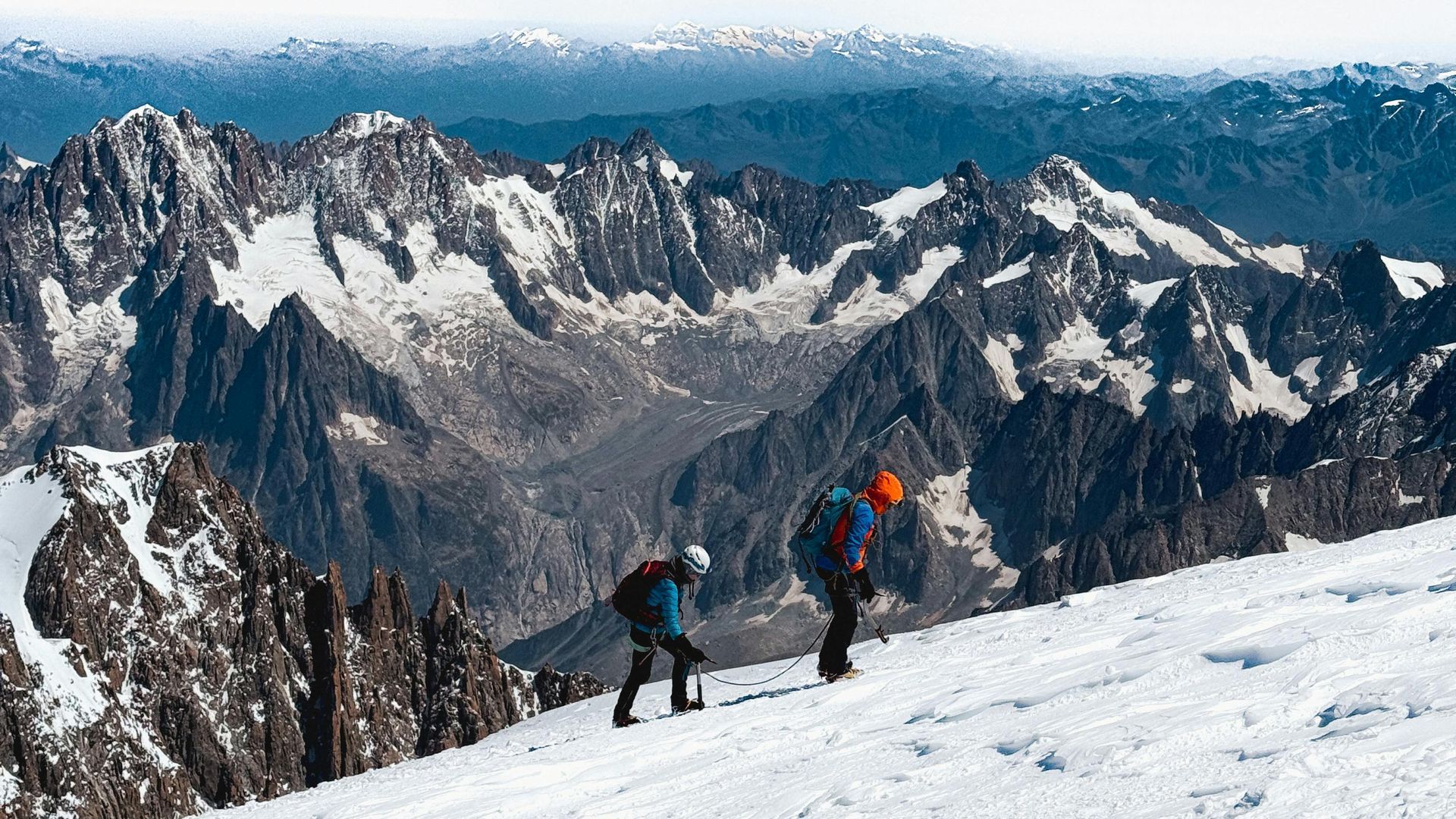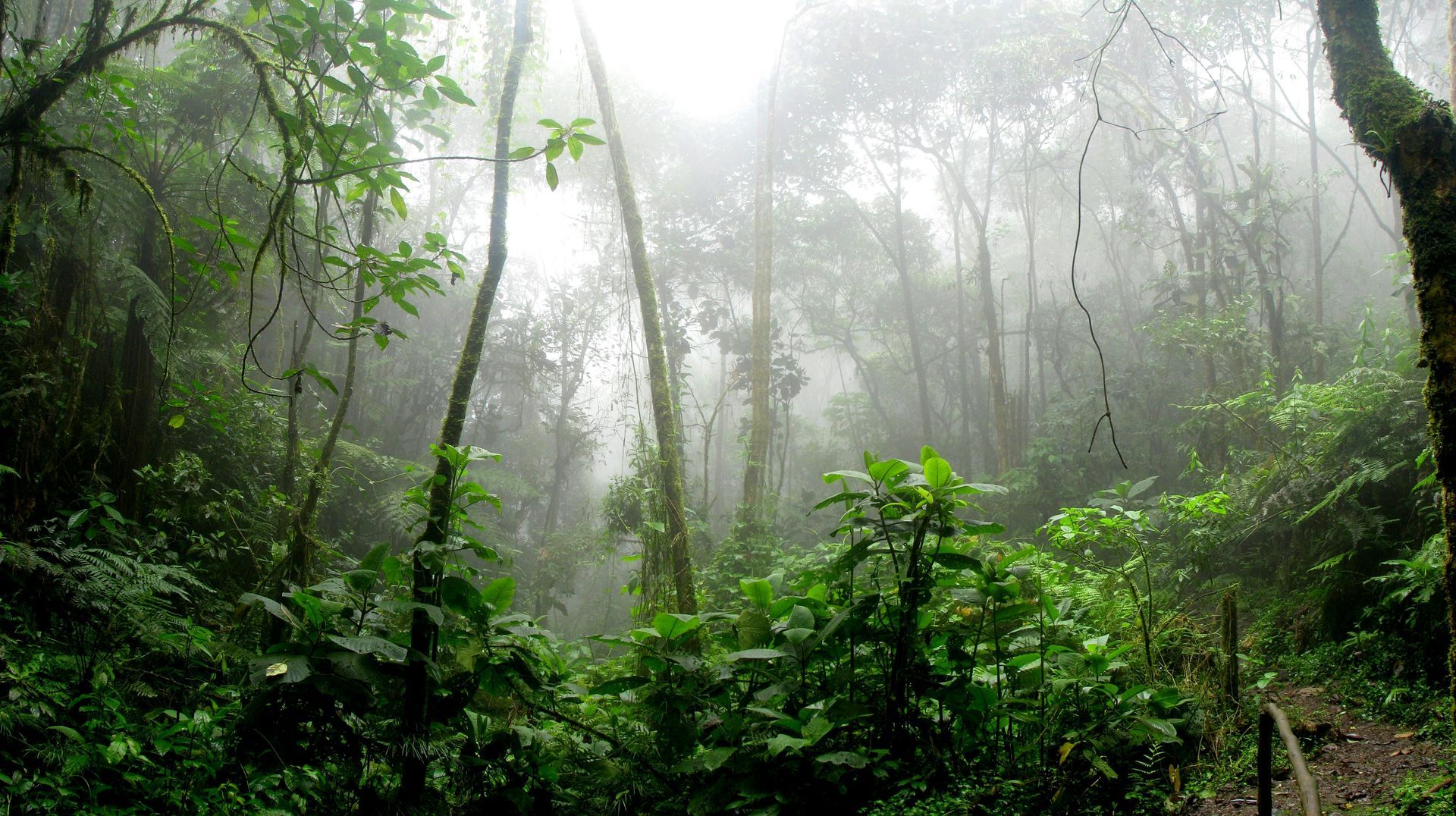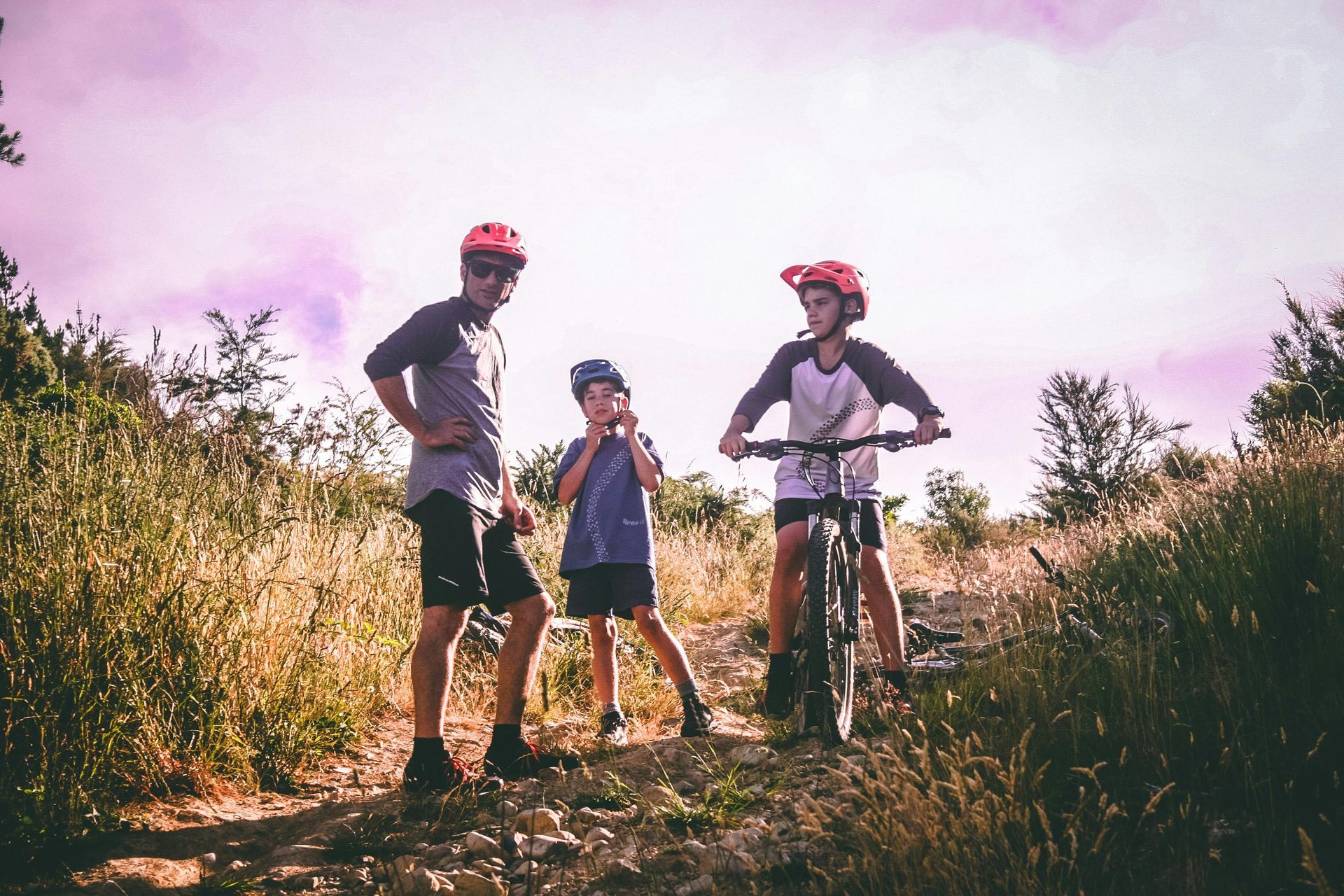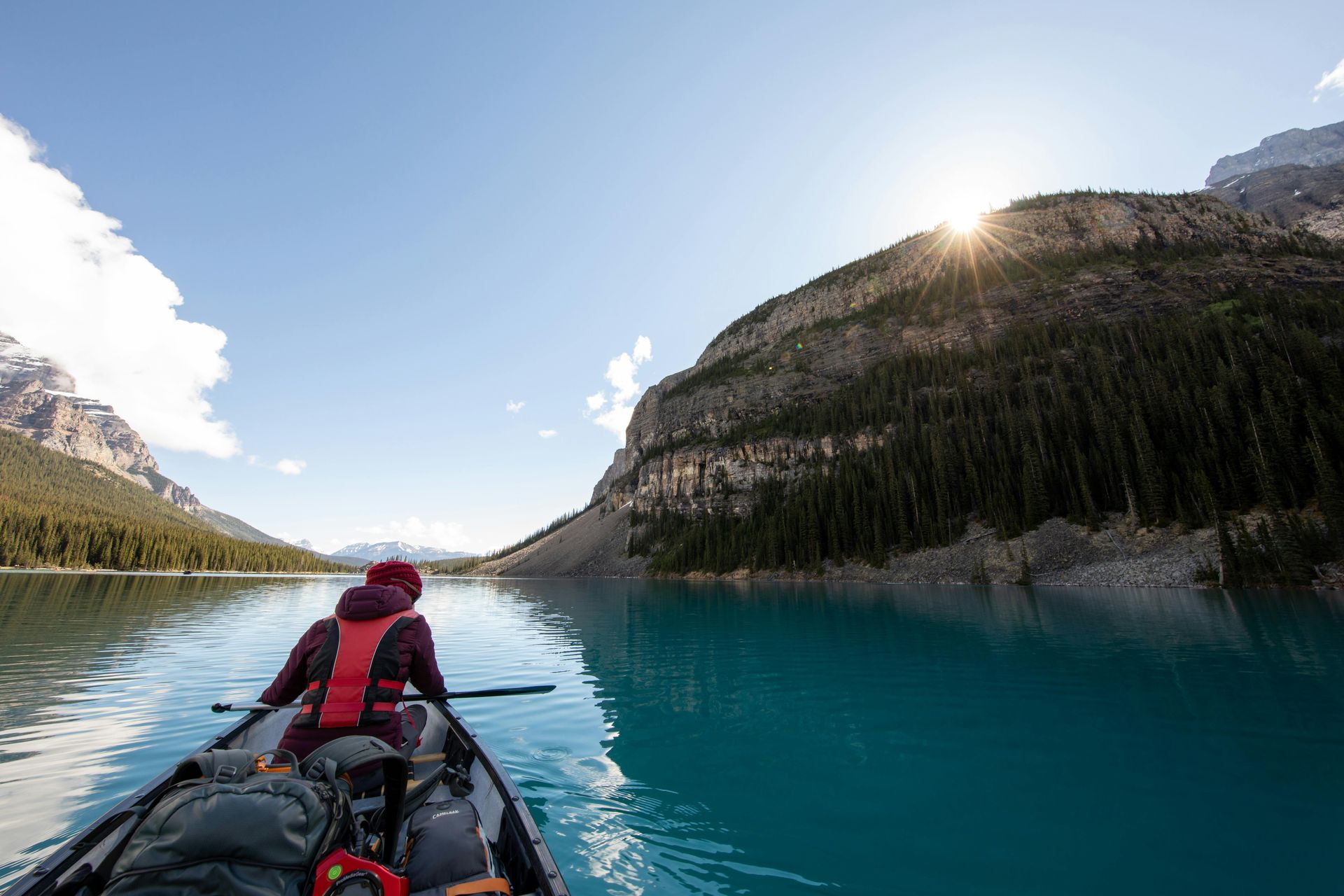Thin Air, Big Responsibility
Planning for Extreme Altitude Environments

Taking students to high-altitude environments generally considered anything above 2,500 metres (8,000 feet) offers incredible rewards: breathtaking views, unique ecosystems, and a profound sense of accomplishment. But alongside these rewards comes an invisible and unpredictable risk: altitude sickness. Its symptoms can range from headaches and nausea to severe, life-threatening complications, and it can affect anyone, regardless of their age or fitness level.
I saw this firsthand on a mountain trip with a group of very capable students. One of our most energetic and athletic students, who had been leading the pack all morning, started to become unusually quiet and lethargic just a few hours after we arrived at our high-altitude base. He complained of a headache he couldn't shake. Because our risk assessment included specific protocols for altitude sickness, we didn't waste time guessing. We recognised the early symptoms, made the immediate call to descend, and helped him to a safer elevation.
He recovered quickly, but the incident was a stark reminder that when it comes to altitude, the environment doesn't care how fit you are. It only cares how prepared you are.
1. The Climb is the Cure: Master Gradual Ascent
The single most effective way to prevent altitude sickness is to allow the body time to acclimatise. Rushing to a high elevation is a recipe for trouble. If your itinerary allows, plan for a gradual ascent.
This could mean spending one or two nights at an intermediate altitude before proceeding to your final destination. A common rule of thumb is the "climb high, sleep low" strategy, where you might hike to a higher point during the day but return to a lower elevation to sleep. This process gives the body a crucial window to adjust to the lower oxygen levels, significantly reducing the risk of illness.
2. Know Before You Go: Implement Thorough Health Screening
Before the trip, it's essential to identify any students with pre-existing medical conditions that could be exacerbated by high altitude, such as respiratory, cardiac, or circulatory issues. A confidential health screening questionnaire is a non-negotiable first step. For any students with potential risk factors, you must insist on a consultation with their doctor to get a formal medical clearance for the trip. This isn't about excluding students; it's about understanding and managing individual risks.
3. Fuel for the Altitude: Prioritise Hydration and Nutrition
The body works harder and loses moisture faster in thin, dry air. Dehydration can happen quickly, and its symptoms headaches, fatigue, and nausea can easily be mistaken for or worsen altitude sickness.
Enforce a strict hydration schedule. Students should be drinking water consistently throughout the day, even if they don't feel thirsty. Your team should also plan for meals and snacks that are high in carbohydrates, which require less oxygen to metabolise and can help the body perform more efficiently at altitude.
4. Your Ultimate Safety Net: A Clear Descent Plan
Hope is not a plan. If a student develops moderate to severe symptoms of altitude sickness, the only reliable treatment is immediate descent. Your emergency plan must be crystal clear on this.
Your team must agree on a simple, unambiguous protocol:
- Who can make the call to descend? (It should be any trip leader).
- What are the specific symptoms that trigger an immediate descent?
- How will the descent be carried out safely and with proper support?
- Where is the nearest medical facility, and how will you contact them?
There should be no hesitation. When it comes to altitude, you must err on the side of caution every time.
Respect the Mountain, Protect Your Students
In high-altitude environments, your most important piece of equipment isn't a hiking pole or a warm jacket it's your plan. A proactive, detailed, and well-rehearsed plan transforms a potentially high-risk environment into a manageable and unforgettable learning opportunity for your students.











